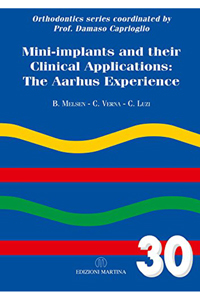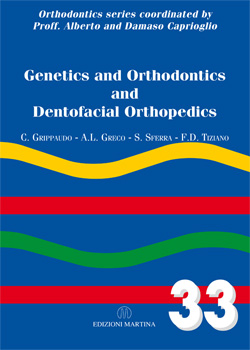|
Index
1. Introduction
2. Indications
3. Contra-indications
4. Patient Profile
5. Mini-implants/Screws
5.a. Material
5.b. Thread Type – General Characteristics
5.c. Intra-osseous Components
5.c.i. Form
5.c.ii. Diameter
5.c.iii. Length
5.c.iv. Cut
5.c.v. Tip
5.d. Extra-osseous Components
5.d.i. Transmucosal Collar
5.d.ii. Neck
5.d.iii. Head Designs
5.e. Driver System
6. Placement and Insertion Protocols
6.a. Patient Information
6.a.i. Insertion site selection
6.a.ii. Soft tissue evaluation
6.b. Selection of head design
6.c. Selection of diameter
6.d. Selection of thread length
6.e. Insertion of the Mini-implants
7. Post insertion Protocols
8. Removal of Mini-implants
9. Potential damages related to Skeletal Anchorage
10. Failures of Mini-implants
10.a. Mini-implant-related failures
10.b. Patient-related failures
10.c. Orthodontist-related failures
11. Clinical cases
11.a. Molar Disatlization
11.b. Bicuspid and Cuspid Distalization
11.c. Asymmetric Cuspid Distalization
11.d. Upper Molar Mesialization
11.e. Lower Molar Mesialization
11.f. Upper Incisor Intrusion and Retraction
11.g. Lower Incisor Intrusion
11.h. Upper Molar Intrusion
11.i. Lower Molar Intrusion
11.l. Extrusion
11.m. Molar Uprighting
12. References
Apendix A. Mini-implants as Bone Maintainers
Apendix B. Patient Information
Apendix C. Bone Types
|







